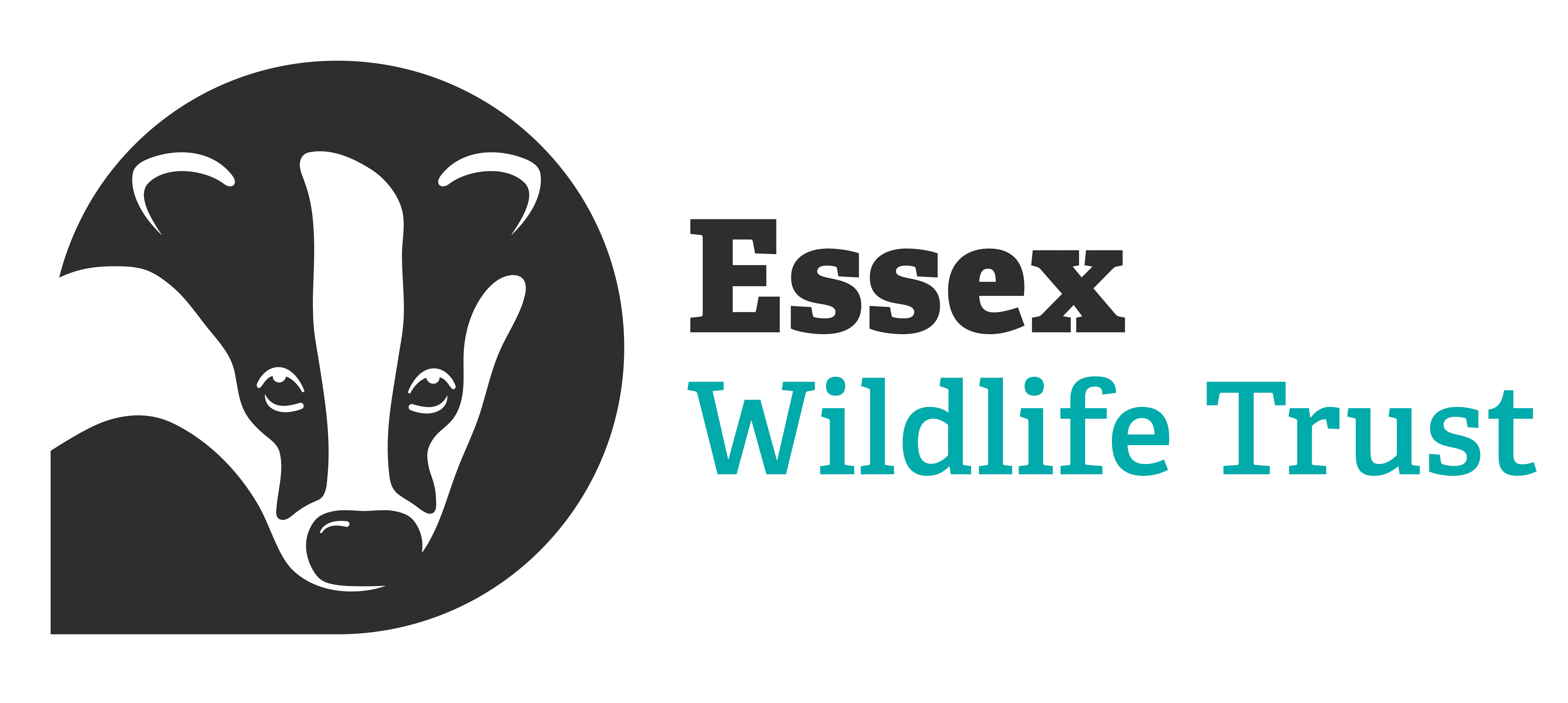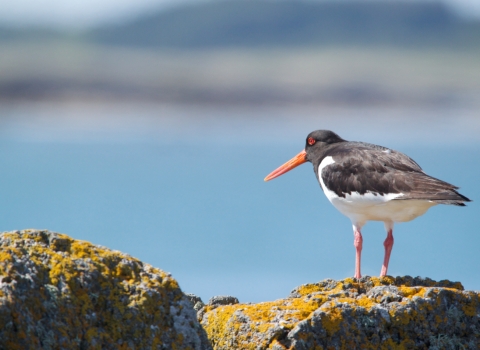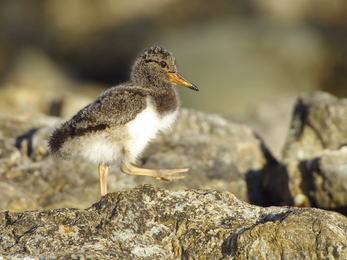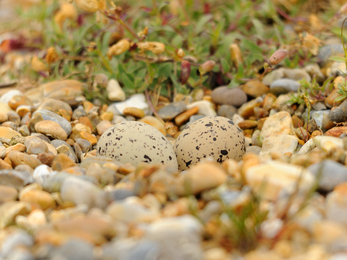
As the population of Essex grows, we must ensure we’re sharing the shore with our breeding wildlife, so that the tiny little tern, the ringed plover and the brightly beaked oystercatcher can grow up without disturbance.
Essex Wildlife Trust and the RSPB are working together to protect our coastal wildlife. We do this by creating the ideal habitat for beach-nesting birds, monitoring the populations and working with the public to raise awareness of how we can all allow Essex’s coastal bird populations to thrive. We also collaborate with Bird Aware Essex Coast, the Essex Police Marine Unit and other local groups and experts.
Dotted along the Blackwater and Colne estuaries, our nature reserves provide the perfect home for Essex’s most threatened beach-nesting birds. Throughout spring and summer areas of prime habitat for beach-nesting birds are roped off and signage makes it clear where access is not permitted.
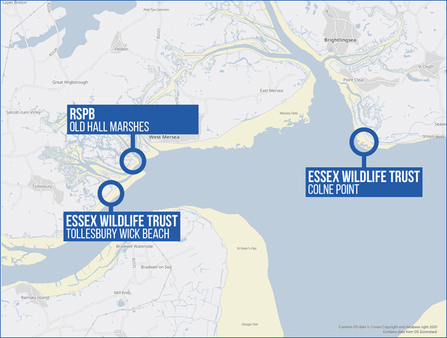
All wild birds' nests and eggs are protected by law and it is illegal to knowingly disturb them. Please avoid the roped off areas at the above sites during the breeding season.
All Little Terns are afforded special legal protection under Schedule 1 of the Wildlife and Countryside Act 1981 and it is illegal to disturb them during breeding. For more information, please take look at the government guidance.
How you can help
1. Know where they are
By familiarising yourself with potential breeding locations you can help reduce disturbance to a nesting site and know to look out for their camouflaged nests.
2. Respect zoned off areas
Areas with signage and rope are “no go” zones from April-August as these sites are protected for wildlife.
3. Avoid disturbance by boat
Reduce the disturbance on the water by only landing boats on designated moorings and landing areas, keep water sports away from the shoreline, respect speed limits and minimise noise near breeding sites.
4. Back away if you disturb a breeding species.
Short, sharp alarm calls, birds with full beaks or coming unusually near to you usually mean you are too close to young or eggs, which can often be very well hidden. If you see any of this behaviour, you should back up the way you came to avoid any risk of disturbing or injuring young, being careful to watch where you tread.
5. Raise awareness and report bad behaviour
Help spread the word about the importance of our coastline for beach-nesting birds and how everyone can help these endangered species by following these clear guidelines.
If you do see evidence of wildlife crime, then please do report this to your local wildlife crime officer using the police 101 number.
Download and display our free resources within your community to tell others how they can Share our Shores.
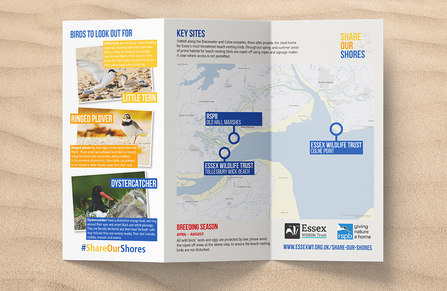
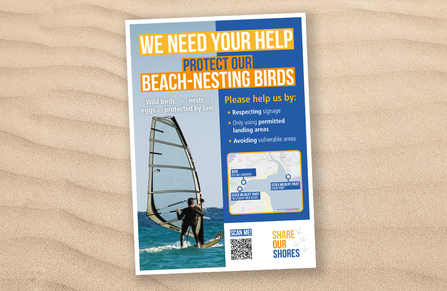
Beach-nesting birds in Essex
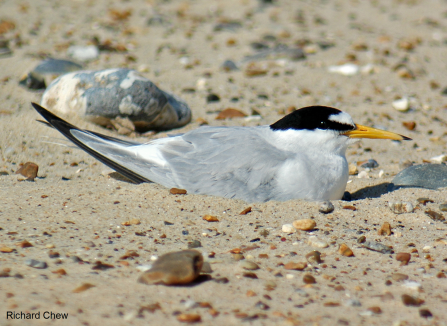
Photo: Richard Chew
Little tern
Little tern are one of our rarest breeding seabirds, returning each year from west Africa in May to breed on our shingle beaches and feed on fish close to shore. Listen for their chattering call or look for their yellow beak with a black tip.
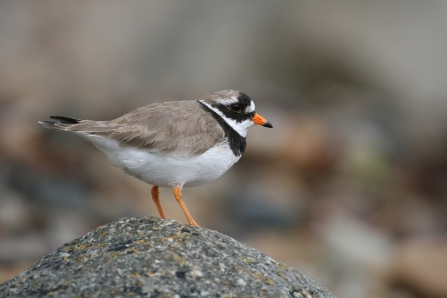
Photo: Tom Marshall
Ringed plover
Ringed plover lay their eggs on the beach from late March. These small camouflaged birds feed on insects along the beach and crustaceans along mudflats. In the presence of predators, these birds can pretend to be injured to deter threats away from their nest.
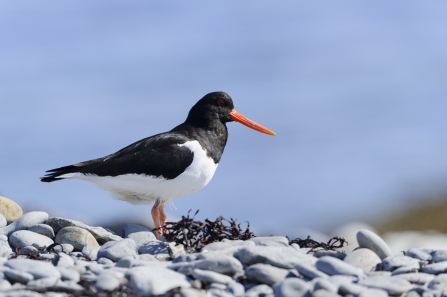
Photo: Elliott Neap
Oystercatcher
Oystercatcher have a distinctive orange beak, red ring around their eyes and smart black and white plumage. They are fiercely territorial and can be heard hassling other birds on the beach. Their diet includes cockles, mussels and worms.
Share your sightings with us on social media
#ShareOurShores
Get in touch with us - shareourshores@essexwt.org.uk

